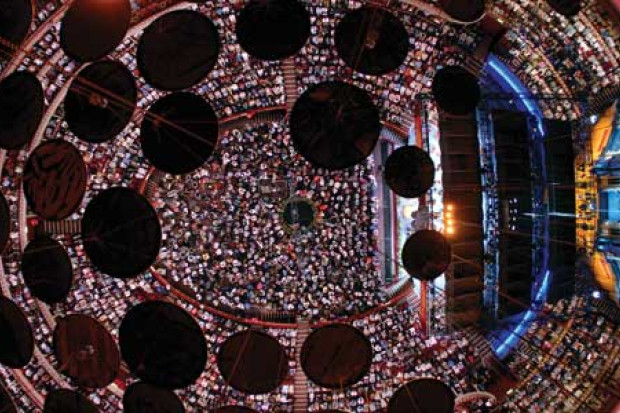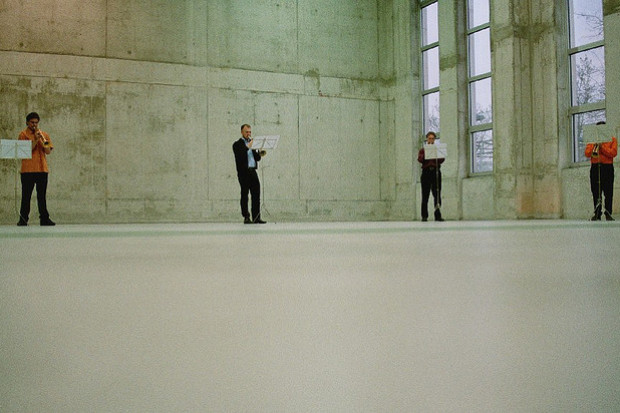Live Reviews: Ian Wilson's Harbouring
Dermot Dunne (accordion), Gorey Choral Group, Enniscorthy Choral Society, Wexford Festival Singers, Whisht Traditional Singers, Irish Chamber Orchestra, Conductor: Fergus Sheil
White’s Hotel, Wexford
5 June 2008
June saw the world premiere of Ian Wilson’s Harbouring, a 50-minute cantata exploring the concept of ‘harbour’ both literally and, as the composer put it, as ‘a metaphor for aspects of human life and experience.’ The work sets nine poems, interspersed with seven short instrumental interludes, which both comment on what has just been heard and set the scene for what is to come.Musically, the piece is in a clear, tonal, neoclassical idiom. Canonic entries and ostinati abound. Although not entirely representative of this composer’s personal aesthetic, the work does display all the craftsmanship, architectonic sense and subtle ear for colour that those who know his work have come to expect.
Apart from the interludes, the orchestra served mainly to double the vocal lines, helping to secure the intonation. Generally, the texts were set in a straightforward strophic manner, though the opening of the fifth movement, a setting of Alice Oswald’s ‘Seabirds’ Blessing’, made very effective use of wordless singing, over which a solo soprano sang the text. For the final ‘benediction’ the full chorus picked up the text, building to an invigoratingly rhythmic conclusion. In an introductory talk, the composer was self-effacing – indeed almost apologetic – about the supposed dissonance of this movement. There was no need for any apology – this was atmospheric music of the highest order.
The interludes focused on the solo accordion and orchestra. Dermot Dunne was a committed and sensitive advocate. His first entry, linking the opening chorus with the first interlude was a miracle of subtlety – fading in as if from nowhere, perhaps evoking the first misty sighting of land after a long and hazardous voyage. Throughout, phrasing was beautifully shaped, articulation clear, and dynamics perfectly controlled. His playing was as always a sheer delight.
The Irish Chamber Orchestra supported the choir well and created a very lush sound world. The playing was exemplary, with meticulous attention to every detail of the score. This was particularly noticeable in the seventh interlude, where the string pizzicati shaded from very soft to near silence. The coloristic range – quite remarkable for so small an ensemble – gave ample evidence of the quality of both orchestra and conductor.
There were a few brief moments of uncertainty in intonation in the choir, but these were quickly rectified – far more typical was the security displayed in the treacherously exposed a cappella sections in the last movement. All in all, the performance was a tribute to all involved. Special mention must be made of the choral directors, Eithne Corrigan and Donagh Wylde, for their commitment to bringing such a large-scale new work to fruition.
Published on 1 July 2008












